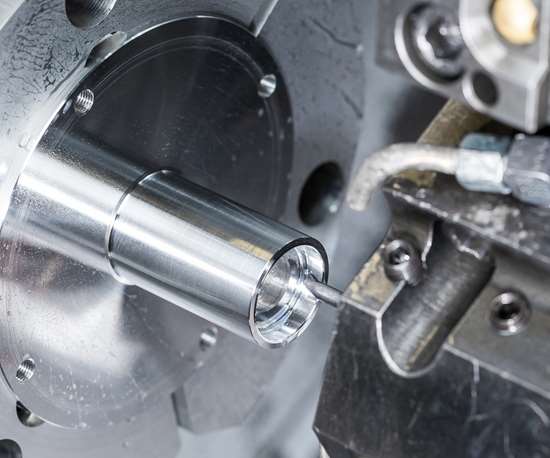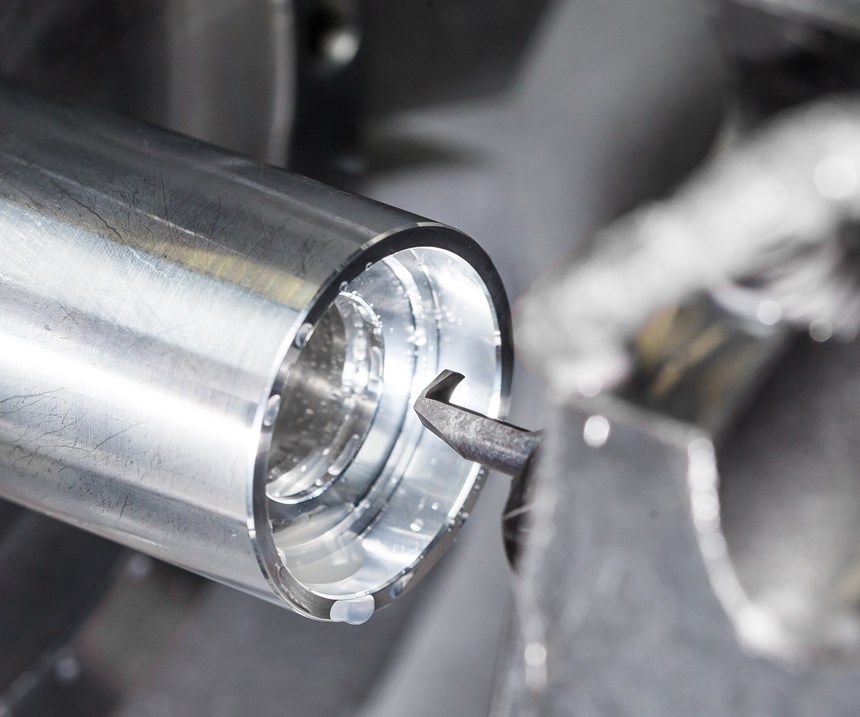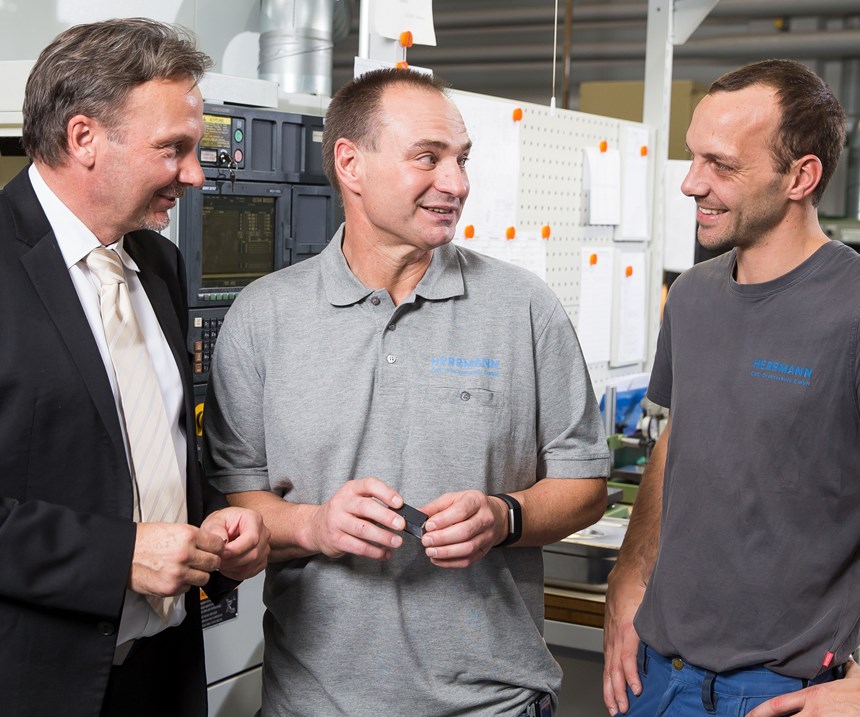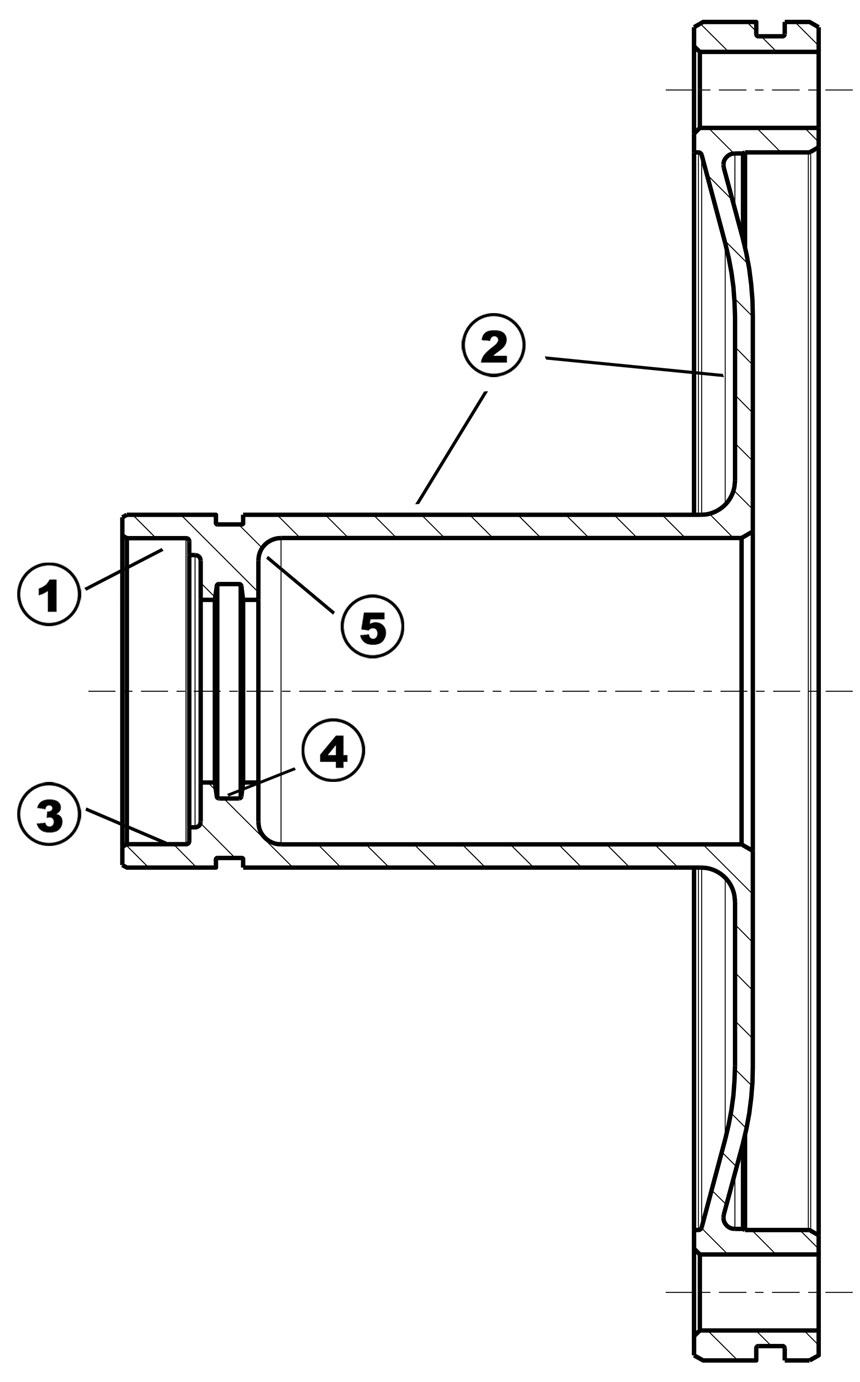Turning Thin-Walled Aerospace Parts
Appears in Print as: 'Turning Thin-Walled Aerospace Parts'
To produce extremely small, complex, tightly toleranced, thin-walled precision components made of difficult-to-machine materials, such as high-tensile aluminum housing covers, Herrmann CNC-Drehtechnik is reinventing and improving its machining processes.
“A good company works like a good family.” Gerhard Herrmann’s motto, simple and short, sums up his company’s machining expertise when it comes to the production of aerospace components. Founded in 1986, Munich-based Herrmann CNC-Drehtechnik has built an excellent reputation and attained preferred supplier status in many large aerospace companies. With the demand for extremely small, complex, tightly toleranced, thin-walled precision components made of difficult-to-machine materials surging, the company is increasingly cooperating with suppliers to reinvent and improve its machining processes.
“The issue of weight savings for components plays a major role in the aviation industry,” says Production Manager Klaus Wetterich. “This is often a challenge for the machinists since we must continually develop new turning methods for components as required by the thin walls of our workpieces.”
Featured Content
To produce a housing cover made of high-tensile aluminum AlZn5.5MgCu (EN AW 7075), Mr. Wetterich chose the Supermini and Mini tool systems from Horn. The Class 2 component housing cover is used on the landing gear of the Airbus A350. The failure of a Class 2 component would result in severe impairment of the aircraft, so parts have to meet all demands by the stringent aviation certification according to DIN EN 9100. The shop produces approximately 100 of these housings every year.
Tight design and concentricity tolerances, required surface quality and thin walls for the design are some challenging factors present during the turning process for the housing cover. To meet the challenge of clamping this thin-walled part on a Mori Seiki NL 1500 lathe, a three-jaw chuck with custom-designed milled aluminum segments was used. Because of the concave shape and the 1-mm thick internal profile, the clamping pressure of the three-jaw chuck has to be be adjusted when clamping the large diameter section of the component to turn the part.
Horn’s Technical consultant, Michael Götze, chose the TH35 coated carbide grade for the Supermini Type-105 system’s boring bar insert, which is a TiAlN coated grade. Because of its low coefficient of friction, this coating is well suited for the machining of aluminum materials and thus prevents the formation of builtup edges.
The machining process of the housing cover is as follows: The first step consists of the rough turning of the inner diameter (1) with a Supermini 105. The Supermini Type-105 tool system from Horn is designed for demanding boring applications involving diameters ranging from 0.2 and 6 mm. This is followed by a one-step finishing process (2) of the lateral surface and the concave shape of the plane surface with a Mini 114 axial grooving tool. The inserts are mounted on a carbide toolholder. Due to the high density of the carbide, vibrations causing chatter marks are eliminated, even when working with long tool overhang. The next step is the finishing of the inner diameter (3) using a Supermini 105 and of the 1-mm internal groove (4), also using the Supermini Type 105. The last cutting operation is a recess (5) using a Mini Type-111 tool system. All the tools used are designed to include an internal coolant supply.
Apart from aluminum, Herrmann machines various types of stainless steel and titanium, as well as nickel-based alloys, including Inconel and Hastelloy, which are extremely challenging materials to machine. The quality of the components is always central to the production process, but workplace cleanliness, highly qualified staff and quality control using high-tech measuring machines are equally important to meet aerospace demands. In addition to the official certifications, customers are also invited to visit the company for regular audits. “Cleanliness, precise work and continuous quality control are essential elements of our daily routine,” Mr. Wetterich says. “But we also need reliable partners such as Horn to meet the challenging machining tasks we are facing.”
Herrmann CNC-Drehtechnik, visit herrmann-cnc.de/en/.
RELATED CONTENT
-
6 Tips for Training on a Swiss-Type Lathe
There are nuances to training a person to effectively operate a Swiss-type lathe. A shop I visited a while back offers some suggestions.
-
A New Approach to CNC Turning
This turning process takes advantage of a turn-mill’s B-axis spindle to vary a tool’s approach angle to optimize chip control and feed rates.
-
Dry Swiss Machining in Medical
Continuing to build its reputation for creative solutions, this multi-faceted medical device component manufacturer took its Swiss machining operations to a new level to meet a customer’s market demands.











